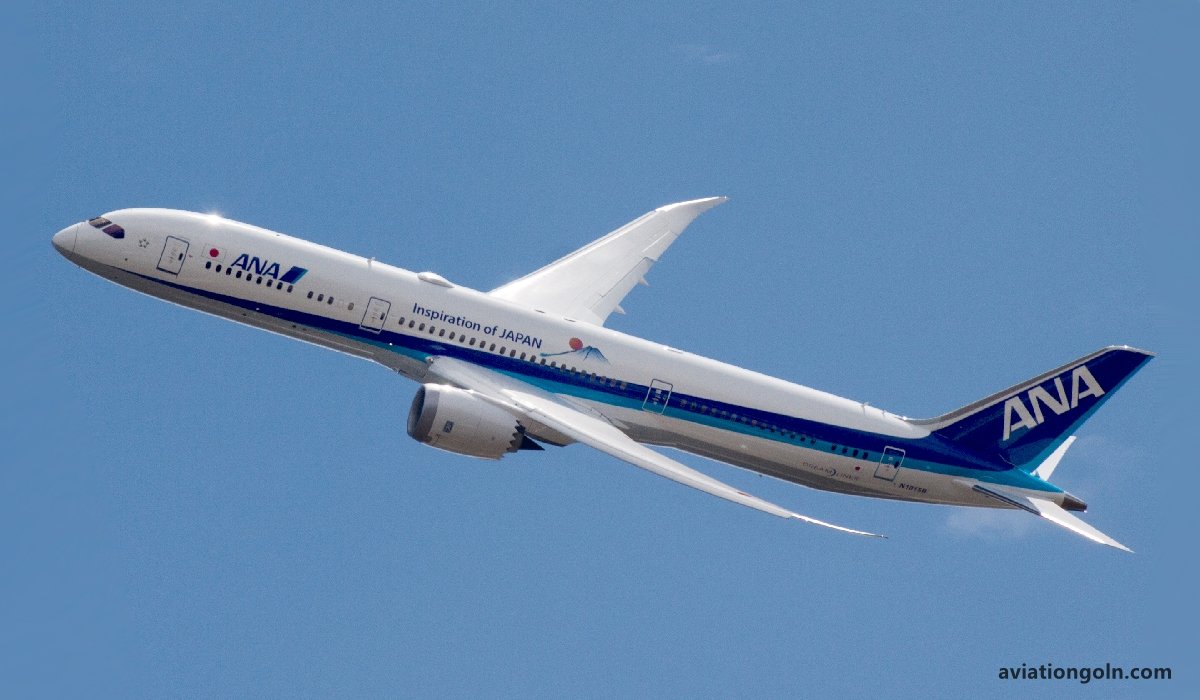Case Studies in Flight Testing: Flight testing is an integral component in the life of any aircraft, from its inception to its retirement. The objective is to ensure that the aircraft is safe, efficient, and compliant with the specifications laid out by aviation authorities. While the process might seem straightforward, it’s filled with intricacies, challenges, and the occasional surprise. This article delves into several notable case studies in flight testing, emphasizing the significance of the process in aircraft certification.
Case Studies in Flight Testing
Case Study 1: The Boeing 787 Dreamliner
The Boeing 787 Dreamliner is an example of modern engineering combined with cutting-edge technology. As one of the first commercial planes to utilize composite materials extensively, its flight testing program was crucial in demonstrating its safety and performance.
Challenges:
- Ensuring the new composite materials responded appropriately under varied flight conditions.
- Managing heat in a more electronically integrated airplane.
- Integrating newer systems like electrical engine start and more advanced aerodynamics.
Outcomes:
- Boeing undertook a comprehensive flight testing program involving multiple aircraft flying simultaneously across the globe.
- The program helped Boeing gather critical data on the airplane’s performance, ultimately leading to the Dreamliner’s certification and commercial success.

Case Study 2: The Concorde
The Concorde, the supersonic marvel of its time, faced a unique set of challenges during its flight testing phase.
Challenges:
- Achieving and maintaining supersonic speeds without catastrophic structural damage.
- Mitigating the infamous ‘sonic boom’ and other noise-related challenges.
- Ensuring the plane’s slender delta wings provided sufficient lift during low-speed take-offs and landings.

Outcomes:
- Extended flight testing helped engineers refine the Concorde’s engine performance and wing design.
- While the sonic boom remained a challenge, flight paths were optimized to mitigate its impact over populated areas.
- The Concorde’s successful certification led to a new era of transatlantic flight, even if its commercial life was eventually cut short due to other factors.
Case Study 3: The Airbus A380
The Airbus A380, the world’s largest passenger airliner, presented a set of unique challenges due to its sheer size.
Challenges:
- Ensuring such a large aircraft could handle emergency situations, including rapid evacuation.
- Testing the A380’s aerodynamics, given its unprecedented scale.
- Verifying the strength and efficiency of its four-engine configuration under varied conditions.
Outcomes:
- Airbus conducted elaborate evacuation tests, proving the aircraft’s capability to evacuate fully in 90 seconds.
- Aerodynamic tests confirmed the plane’s stability and fuel efficiency, even on long-haul flights.
- The successful testing and certification of the A380 proved that large-capacity, long-range flights could be commercially viable and safe.

Flight Testing and Certification Process
Now, after understanding these case studies, it’s essential to look at the typical steps involved in flight testing and certification:
- Developmental Testing: Before a prototype takes to the skies, it undergoes ground-based testing. These tests include wind tunnel testing, systems checks, and static tests to simulate aerodynamic forces.
- Safety Assessments: Even before the first flight, safety assessments, including Failure Modes and Effects Analysis (FMEA), are performed to predict and mitigate possible failures.
- First Flight: This is a significant milestone, where the aircraft takes to the skies for the first time, albeit under strict conditions and with a limited envelope.
- Envelope Expansion: Gradually, the aircraft is subjected to various conditions, expanding its ‘flight envelope’. This includes different altitudes, speeds, and maneuvers.
- System-Specific Tests: Each system, from avionics to landing gear, is tested under both normal and abnormal conditions.
- Performance Testing: The aircraft’s fuel efficiency, speed, altitude, and range are verified.
- Emergency Response: This involves testing emergency systems and procedures, like rapid decompression, emergency descents, and simulated engine failures.
- Documentation and Review: All findings are thoroughly documented and reviewed. This documentation is critical for certification.
- Certification: Once testing is complete and all data are compiled, aviation authorities review the findings. If satisfied, they issue a type certificate, indicating the aircraft is safe for commercial operations.

Flight testing is a rigorous and essential process in the development of any aircraft. It ensures the safety of passengers and crew and verifies that the airplane meets or exceeds design expectations. As seen in our case studies, even state-of-the-art aircraft with cutting-edge technology must undergo meticulous scrutiny before they can become part of commercial fleets. The flight testing and certification process is a testament to the aviation industry’s commitment to safety and innovation.
Read more:
